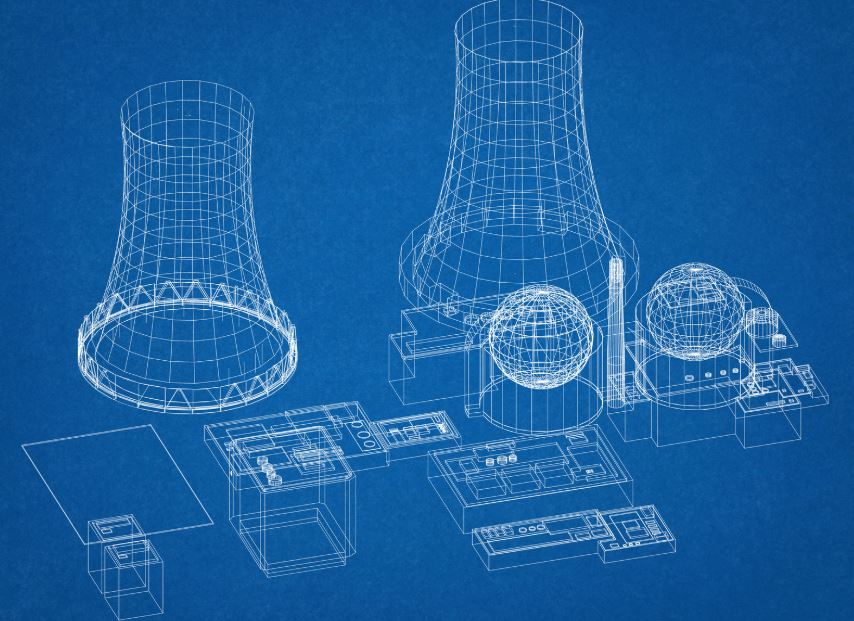The Kansas Department of Commerce, TerraPower, and utility Evergy have signed a memorandum of understanding (MoU) to evaluate sites for an advanced nuclear reactor and energy storage project, signaling how the sector is responding to mounting grid pressures.
The MoU establishes a framework for assessing technical and site-specific conditions for TerraPower’s Natrium technology, a sodium-cooled fast reactor designed to produce 345 megawatts of electricity (MWe). A distinguishing feature of the design is its molten salt-based energy storage system, which can temporarily boost power output to 500 MW during peak demand. For Evergy, which provides electricity to 1.7 million customers in Kansas and Missouri, this pairing of baseload nuclear with flexible output capacity directly addresses the reliability challenges of a grid under strain.
U.S. nuclear power development has long been hampered by cost overruns, regulatory hurdles, and slow permitting processes. However, the broader context is shifting. President Donald Trump’s executive orders in May instructed the Nuclear Regulatory Commission to accelerate licensing for reactors and power plants, reducing a layer of uncertainty that has historically delayed investment. Whether this regulatory push translates into faster project timelines remains to be seen, as previous attempts at streamlining have often collided with public safety concerns and local opposition.
For TerraPower, founded by Bill Gates and recently bolstered by $650 million in funding—including backing from Nvidia’s venture capital arm—the Kansas collaboration is another step in demonstrating that advanced reactors can be commercially viable. The company is already pursuing its first Natrium project in Wyoming with PacifiCorp, but scaling deployment requires regional partners willing to integrate nuclear with evolving grid needs.
The timing coincides with unprecedented demand from energy-intensive data centers, particularly in the Midwest, where low-cost land and abundant renewable resources have made the region a magnet for digital infrastructure. The International Energy Agency projects that global electricity use by data centers could double by 2026, a trajectory that is reshaping U.S. capacity planning. Utilities like Evergy face pressure to deliver stable supply without increasing reliance on natural gas, making advanced nuclear—if cost and deployment risks can be contained—an increasingly attractive option.
Still, the pathway to deployment remains complex. TerraPower’s Natrium design has yet to clear the full regulatory process, and its reliance on high-assay low-enriched uranium (HALEU) fuel ties the technology’s future to the expansion of domestic enrichment capacity. Current HALEU supply in the U.S. is limited, with most global production concentrated in Russia, raising questions about security of supply for a fleet of reactors.
Stay updated on the latest in energy! Follow us on LinkedIn, Facebook, and X for real-time news and insights. Don’t miss out on exclusive interviews and webinars—subscribe to our YouTube channel today! Join our community and be part of the conversation shaping the future of energy.





